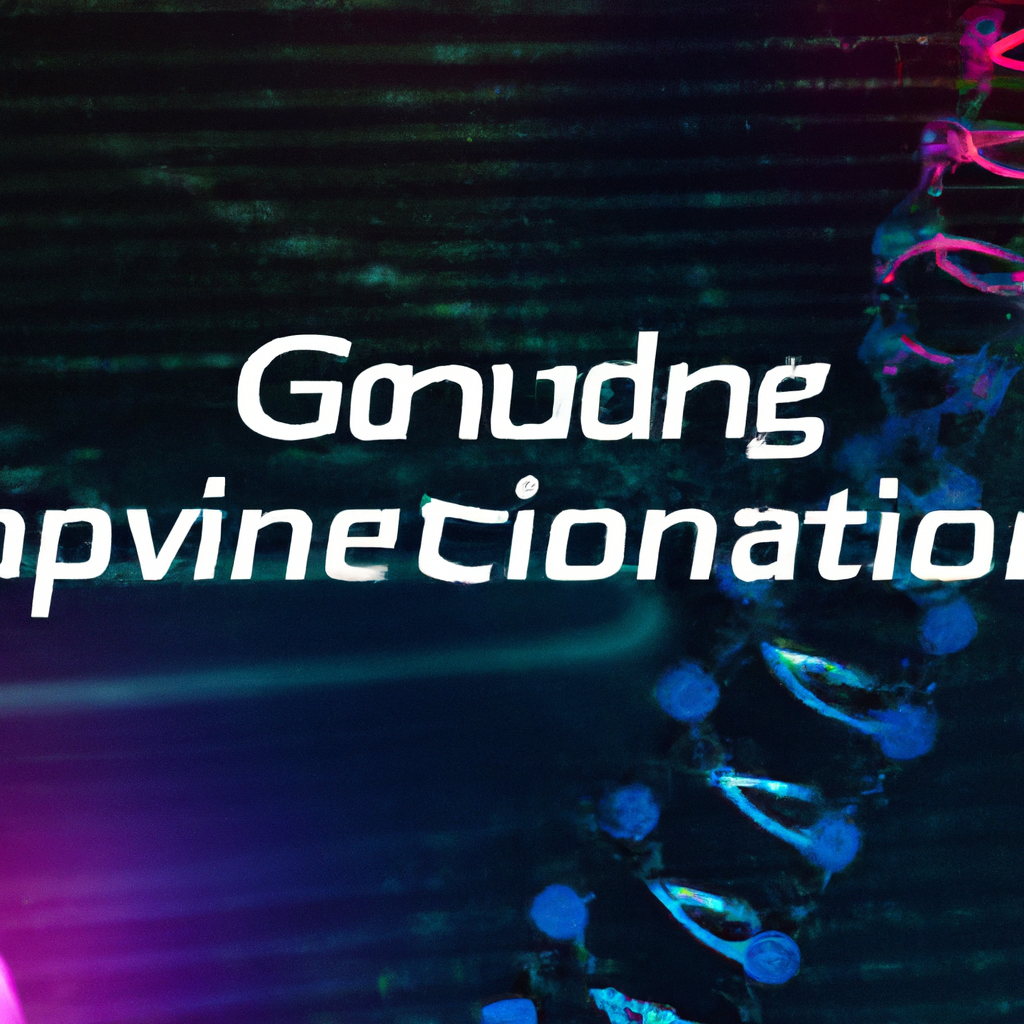Understanding the Principles of Genetic Programming in Evolutionary Computation
Table of Contents
Understanding the Principles of Genetic Programming in Evolutionary Computation
# Introduction
Genetic programming (GP) is a powerful technique in the field of evolutionary computation that allows for the automatic generation of computer programs. It draws inspiration from the principles of natural evolution and genetic algorithms to solve complex computational problems. In this article, we will delve into the fundamentals of genetic programming and explore its key components and mechanisms.
# The Basics of Genetic Programming
At its core, genetic programming is based on the concept of evolving a population of computer programs through successive generations. These programs, often represented as trees, are manipulated and combined using genetic operators such as mutation and crossover. By evaluating the fitness of each program in the population, natural selection guides the evolution towards fitter and more optimal solutions.
# Representation and Initialization
In genetic programming, programs are typically represented as abstract syntax trees (ASTs) or expression trees. The nodes of these trees correspond to different functions or operations, while the leaves represent the input variables or constants. The structure and shape of the tree determine the program’s behavior.
The initial population in genetic programming is usually generated randomly. Each program in the population is assigned a fitness value based on its performance in solving the given problem. The fitness function evaluates the program’s output and compares it to the expected output or a target value.
# Genetic Operators
Mutation and crossover are the two fundamental genetic operators employed in genetic programming. Mutation introduces random changes into a program, altering its structure or behavior. This random exploration helps in maintaining diversity within the population and avoiding premature convergence to suboptimal solutions.
On the other hand, crossover involves the exchange of genetic material between two parent programs to create offspring. This operation combines the subtrees of the parents, resulting in new programs that inherit characteristics from both parents. Crossover promotes the exploration of different regions of the search space and facilitates the propagation of useful genetic material.
# Selection and Fitness Evaluation
Selection plays a crucial role in genetic programming as it determines which programs will survive and reproduce. The fitness of each program is evaluated using the fitness function, which quantifies how well a program solves the problem at hand. The selection mechanism, often based on the principle of survival of the fittest, favors programs with higher fitness values.
Various selection strategies can be employed in genetic programming, such as tournament selection, roulette wheel selection, or rank-based selection. These strategies assign probabilities to each program, which determine their likelihood of being selected for reproduction. By favoring the fitter programs, selection guides the evolution towards more optimal solutions over successive generations.
# Termination Criteria
Genetic programming algorithms typically terminate when one or more termination criteria are met. These criteria can be based on a maximum number of generations, a desired fitness threshold, or a predefined computational budget. Termination ensures that the algorithm stops evolving once a satisfactory solution is found or when further iterations are unlikely to yield significant improvements.
# Limitations and Challenges
While genetic programming has proven to be a powerful technique, it is not without its limitations and challenges. One major challenge is the computational complexity of evolving complex programs. As the complexity of the problem increases, the search space expands exponentially, making the search for optimal solutions more difficult and time-consuming.
Another limitation is the possibility of premature convergence, where the algorithm gets trapped in suboptimal solutions due to lack of diversity or premature exploitation of a particular region of the search space. Techniques such as diversity preservation mechanisms and adaptive variation operators can help mitigate this issue.
# Applications of Genetic Programming
Genetic programming finds applications in various domains including machine learning, data mining, optimization, and control systems. It can be used to automatically generate programs that solve classification, regression, or reinforcement learning problems. Genetic programming has also been employed in evolving neural networks and fuzzy systems, enabling the creation of complex models for pattern recognition and prediction tasks.
# Conclusion
Genetic programming is a fascinating field within evolutionary computation that enables the automatic generation of computer programs through the principles of natural evolution. By representing programs as trees and employing genetic operators such as mutation and crossover, genetic programming algorithms evolve populations of programs towards more optimal solutions. Despite its limitations and challenges, genetic programming has found numerous applications in various domains, showcasing its potential for solving complex computational problems. As researchers continue to explore and refine the techniques within genetic programming, it holds promise for future advancements in artificial intelligence and computational problem-solving.
# Conclusion
That its folks! Thank you for following up until here, and if you have any question or just want to chat, send me a message on GitHub of this project or an email. Am I doing it right?
https://github.com/lbenicio.github.io

